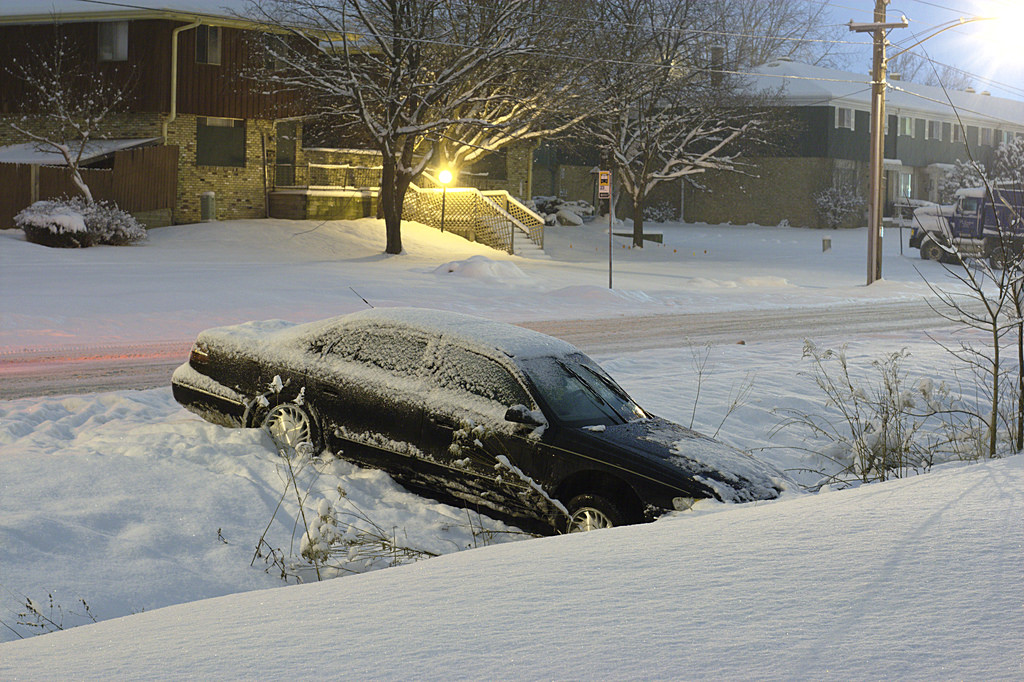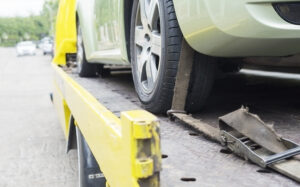It’s snow season.
For us tow truck drivers, that means icy roads, more accidents, and more cars and truck in ditches.
One of the most important, and overlooked skills in our business is learning how to correctly winching a car out of a ditch. It’s vitally important to stranded drivers, but if done incorrectly, can end up cost the customer money with a damaged vehicle, which equal bad press and liability for the towing service.
So today, we will explain everything there is to know about winching the right way.
Be prepared beforehand
Like any task that involves safety, being properly prepared is an important step. Make sure that the winch is properly spooled or else its efficiency will be reduced and there is a chance of it malfunctioning in the middle of the winching operation which is the last thing you want, and regularly check the winch to make sure it works properly and that the towing line is in good health.
From a personal gear perspective, have heavy duty gloves on hand as there is a good chance of getting blisters and cuts and you could even lose a finger if you are not careful, and make sure to wear all the rest of your personal safety equipment before setting off.
Determining the effort required for the tow
This is done by considering a few factors like the nature of the surface, a number of functional wheels and the overall weight of the car. Once you have figured these out, check the winching capacity of the winch.
The actual power you will need can be calculated by using simple formulas usually provided by towing companies and the winch’s handbook as well. Once you have figured out that your truck’s winch has the capacity to pull the car out of the ditch proceed further, otherwise arrange for a truck with a stronger winch.
The proper way to rig the winch
Park the track and apply the brakes and the immobilizers. Then attach the towing line to the disabled vehicle.
There are three ways of doing this:
- Single line: Pull the line to the anchor point, and secure it with a strap, shackle, or a combo of the two. It can be attached to a tree, another vehicle, or steak. Lock the clutch, connect the remote, and put the line under tension. Begin winching operation with short controlled pulls.
- Double line: You can use a snatch block to increase your pulling power over short distances. Connect the snatch block at the anchor point, draw your line around and attach it to your vehicle. Drape a blanket, coat, or other objects on the line once it’s tight.
- Triple line: The same technique applies as the double line, the difference is that two snatch blocks and two anchor points are needed. Try to maintain a 90-degree angle between the winch and first anchor. Double check all connections before the operation. Begin winching operation with short controlled pulls while operating your vehicle.
Safety tips
People get hurt when rushing tasks, so take your time and always keep an eye on the disabled vehicle and the anchor points. Do everything gradually and pull the car free completely.
- Learn to use the wrench well: In your free time, make some effort and practice using it the winch so as to be familiar with it when the need arises. Periodically, check the winch installation to ensure that all bolts are tight.
- Keep winching area clean: Do not allow people to remain in the area during winching operations. Do not step over a taut wire rope or allow anyone else to do so.
- Inspect wire rope and equipment frequently: The wire rope should be inspected for damage that could reduce its breaking strength. A frayed rope with broken strands should be replaced immediately. Always replace the rope with a winch recommended replacement part. Any substitution must be identical in strength, quality, lay and stranding of the original rope.
- Use proper gloves: When handling or rewinding wire rope always use heavy-duty gloves to eliminate the possibility of cuts caused by burrs and slivers from broken strands.
- Always have enough rope: Make sure that there are at least 5 complete turns of rope left on the drum before winching since the rope fastener will not support a heavy load.
- Keep hands and fingers clear of winch rope and hook when operating winch: Never put your finger through the hook when reeling in the last few feet. If your finger should become trapped in the hook or rope, you could lose your finger. Never guide a wire rope under tension onto the drum with your hand.




